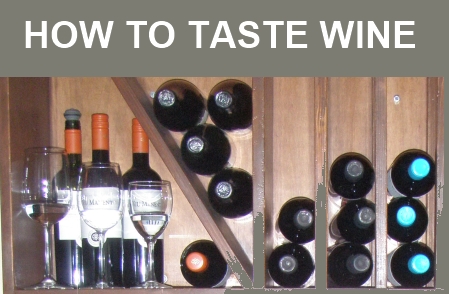About wine some tips |
|
|
How to taste the wine
|
|

|
|
|
Tasting a wine, means submitting it to a series of sensory tests designed to determine and describe the characteristics of the wine. Recognize the visual smell and taste characteristics of a wine requires on one hand great sensitivity, which has to be trained, and on the other a good technical and theoretical knowledge of method of tasting. If, therefore, from a theoretical point of view, this guide provides all the tools to taste and recognize the characteristics of a wine, it is certainly not able to provide the amount of experience needed to properly describe a wine: to become excellent tasters you should taste as many wines as possible each time trying to recognize the different characteristics. A good sommelier is training constantly, just as an athlete, to refine the sensitivity of his eyes, of his nose and of his mouth. The tasting of wine is divided into three distinct phases, that capture the different characteristics of wine:
|
Visual Examination |
Olfactory Examination |
Gustatory Examination |
|
The visual inspection is the first analysis that you submit the wine to obtain general information, which must be confirmed by further analysis. Characteristics to be assessed are:
|
The olfacrory analysis the second crucial step in wine tasting. It is at this stage that you should capture the different scents of wine, revealing the possible pairings, the type of wine and, not least, possible defects. Characteristics to be assessed are:
After the analysis of the scent we make a brief description helping with aromas of substances already known. |
The last step is the analysis of taste, that gives us the definitive indications on the wine: they can confirm or deny what we have seen the first two tests. Characteristics to be assessed are:
|
|
Final Considerations |
||
|
Complete the three previous analysis, is the time to gather all data into an organic whole and draw conclusions on the wine just tasted. |
||

